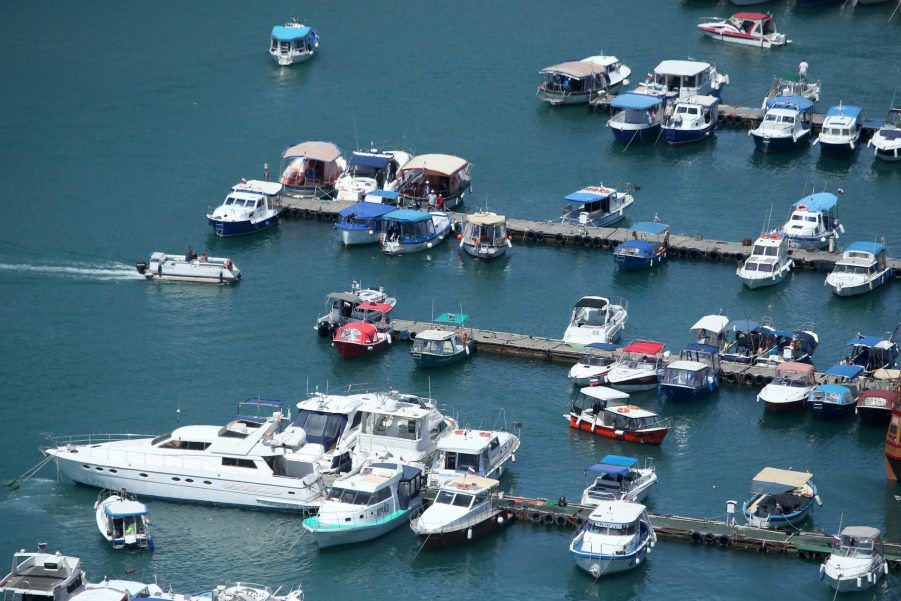
A New Law Makes Using a Critical Boat Safety Feature Mandatory
Boating safety is essential when operating any type of boat regardless of what type of marine vessel it is. No matter what you’re piloting, you want to do whatever you can to avoid sinking the vessel or causing any other types of accidents.
Boating Magazine explains what this new law is and how it works. They also explain the times when it’s needed and when it’s not. Since boat sales skyrocketed in 2020 there’s more watercraft on the water than there used to be, so safety is important now more than ever.
What is this new boating safety law?
Starting April 1st, 2021, a new law took effect for those who operate marine vehicles under 26 feet that are powered by a motor running around 2-3 hp or 115 lbs of static thrust. The law requires the boat operators to have, at all times, while on the boat, a cut-off switch to kill the engine when certain situations take place.
The kill switch is required only when the vehicle is running at higher speeds. It doesn’t apply to situations when you’re docking your boat, launching it from the dock, trolling at lower speeds in no-wake zones, and loading it onto a trailer.
The U.S. National Guard has considered the cut-off switch to be a required piece of equipment to have on recreational models since December 2019. There are even seven states that already have laws similar to this one. Some of them are Illinois, Alabama, Arkansas, and Texas. An ECOS device is considered one of the most important boating safety pieces of equipment you should have.
How does an ECOS work?

ECOS, or engine cut-off switch, is a special switch that you wear by using a lanyard. If you’re piloting one of those boats, and you happen to fall overboard for whatever reason, the device on the lanyard will get wet.
The ECOS system will detect that you have gone overboard the watercraft, and it will send the necessary signals to shut down the engine on the boat. This is to prevent the watercraft from running away from you and possibly causing injuries to others.
These cut-off switches have been installed on boats before, but they just haven’t been required to use up until now. Not all boats that meet the specific requirements have them integrated into the motors, though.
Those built before 2020 are less likely to have them. If you decide to go with a used one, try to find one that has one of the kill switches installed. This way at least you’re staying safe while operating the vessel.
Do you really need this piece of boating safety equipment?
Boating Magazine shared a story where one such cut-off switch could’ve come in handy. The operator left his boat idling while he was at the dock getting ready to launch. He chose to bypass tying the vessel up and instead just straddled it and the dock to keep it in place while he prepared to launch.
His two-year-old grandson and son-in-law entered the boat. The toddler immediately started exploring everything within reach. The son-in-law turned his attention off the toddler for a few seconds to help the operator, but that’s when the curious child decided to pull back on the engine thrusters and sent the vessel into reverse.
The incident was averted quickly by the son-in-law jumping to return the thrusters to the normal position. This is where a cut-off switch could’ve been needed, though.
If the thrusters were pushed into forward position, the boat would’ve gone forward at a decent speed, causing the operator, to fall into the water. The boat would then have been without someone to pilot it. A kill switch, of sorts, would’ve disabled the engine immediately.
Boating safety of any sort can save many lives on the water. This new law, concerning cut-off switches, can become one of the most useful ways to remain safe while operating your recreational marine vessel.


